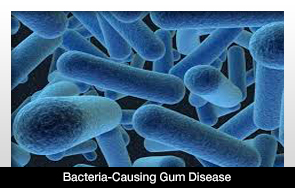 |
When you pop open that bottle of red wine, consider toasting its benefits to your teeth. After all, compounds in red wine can prevent cavities and plaque build-up, researchers say.
The compounds—called polyphenols—block a molecule made by the bacteria streptococcus mutans, which are found in all our mouths, said researcher Hyun Koo, a microbiologist at University of Rochester Medical Center in New York.
Normally, these bacteria break down sugar we eat and make sticky molecules called glucans, which let bacteria to cling to our teeth and damage their surfaces.
These bacteria also produce an acid that erodes the tooth enamel, leading to cavities, he said.
But the fermented grape stems, seeds and skins left over from wine production contain high amounts of polyphenols. The polyphenols can block the ability of S. mutans to make glucans, letting the good bacteria in the mouth thrive, while disabling the bad bacteria from sticking to the teeth, Koo said.
“The oral cavity is a very rich microbial environment, so you can’t just smoke [the bad bacteria] out,” he said. “There are beneficial and pathogenic organisms.”
Koo, who was a dentist for two years before becoming a microbiologist, also found that compounds in cranberries work similarly—they block the molecules that enable the sticky surface to form on our teeth.
When researchers fed rats the cranberry compounds, called A-type proanthocyanidins, they found that the bacteria’s production of acid and glucans were reduced by 70 percent, and cavities were reduced by 45 percent, according to a study Koo published in March in the dental health journal Caries Research.
But Koo warned that eating heaps of cranberry sauce or downing glass after glass of red wine won’t help you reap the dental benefits of these compounds. Cranberry products, such as cranberry sauce or cranberry juice cocktail, contain a lot of sugar and aren’t good for the teeth, and red wine can stain the teeth, he said.
Instead, Koo and his colleagues hope to find a way to add these compounds to mouthwashes, toothpastes or chewing gum to combat plaque and cavities. He hopes to test the findings in a clinical setting in the next four years.

|










